Other Imaging Procedures and DEXA Scan in Miami, FL
The Diagnostic Center of Miami also offers a variety of general exams, such as Bone Densitometry (DEXA), ultrasounds, and more.
One of those services is bone densitometry screenings – the single most efficient procedure to detect osteoporosis, osteopenia (decreased bone mass) and evaluate overall bone loss risk. Additionally, our Center offers MRIs and ultrasounds for any additional scans needed.
Bone Densitometry
The bone densitometry test, also known as Dual Energy X-ray Absorptiometry (DEXA) scan, uses low dose radiation and is fast and easy to perform, and our Center uses the latest technology in DEXA equipment. The scan is like an x-ray that quickly and accurately measures the density of bone. It is used primarily to detect osteopenia or osteoporosis, which is a disease that causes bones to become more fragile and are more likely to break. Early treatment helps prevent future bone fractures. The DEXA scan is also recommended for women who have already sustained a fracture and possess a greater risk for developing future osteoporosis.
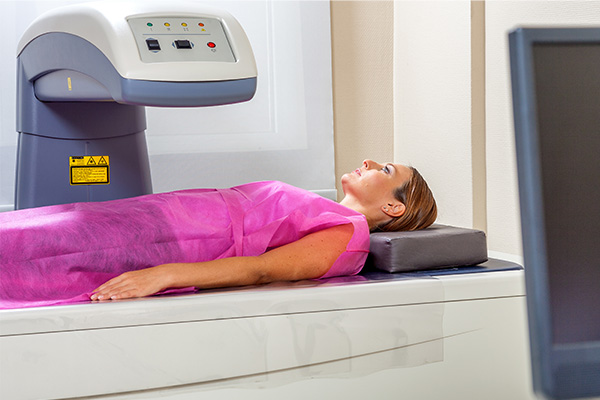
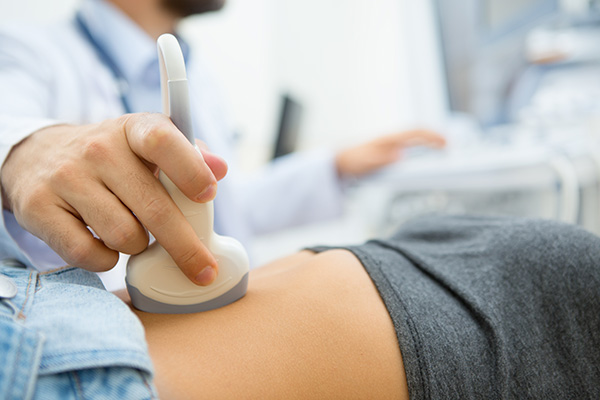
Abdominal Ultrasound
An abdominal ultrasound looks at the gallbladder, bile ducts, kidneys, liver, pancreas, and spleen. It also includes a view of the aorta and retroperitoneum. An instrument called a transducer is used to produce a picture of your abdominal cavity with sonar sound waves.
Pelvic Ultrasound
A pelvic ultrasound is used to create images of the organ and structures found within the pelvis. Pelvic ultrasounds can be performed either transabdominal and/or transvaginal.
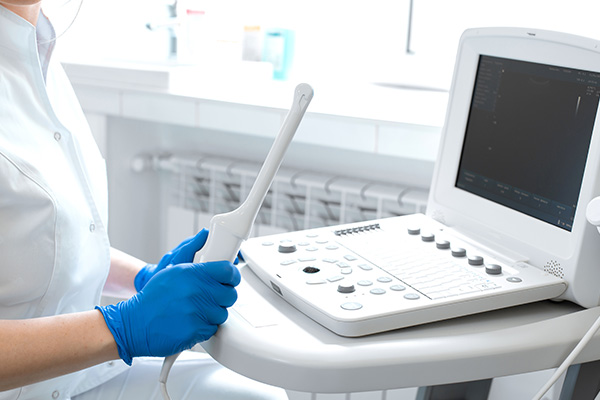
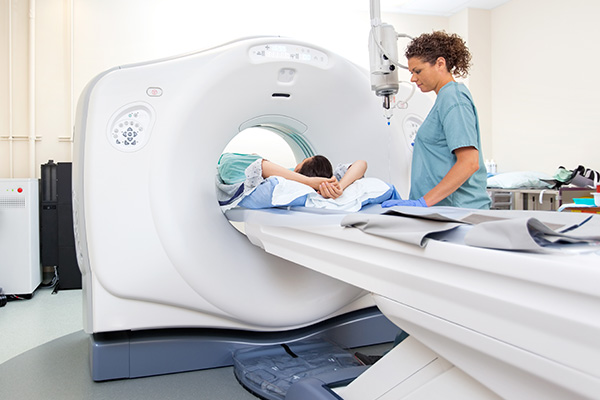
Pelvic MRI
During a Pelvic MRI (magnetic resonance imaging), magnets and radio waves are used to capture images of the area between the hip bones to inspect the bladder, reproductive organs, lymph nodes, and pelvic bones. The imaging test is performed to examine potential problems found in other imaging tests such as x-rays; diagnose unexplained hip pain; investigate the spread of certain cancers; or better understand the conditions causing your symptoms.
Renal Ultrasound
A renal ultrasound is a painless and non-invasive procedure in which sound waves are bounced off the kidneys to create images of the kidney and related structures. These ultrasounds measure the size, shape and exact position of the kidneys to determine if any abnormalities are present. They are usually ordered when there is a concern of kidney or bladder problems.
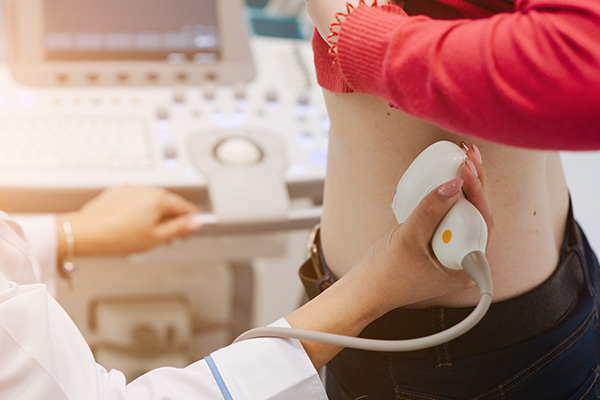

Bone Densitometry
The bone densitometry test is like an x-ray that quickly and accurately measures the density of bone. It is used primarily to detect osteopenia or osteoporosis, which is a disease that causes bones to become more fragile and are more likely to break. A bone density test enhances the accuracy of calculating your risk of breaking bones.
Thyroid Ultrasound
A thyroid ultrasound creates images of the thyroid to check for lumps, enlargement, or to keep track of size change. The ultrasound can help measure the size and shape of the thyroid gland, but it cannot tell how well the thyroid gland is working. The exam may also be used to check the four parathyroid glands that lie behind or next to the thyroid.
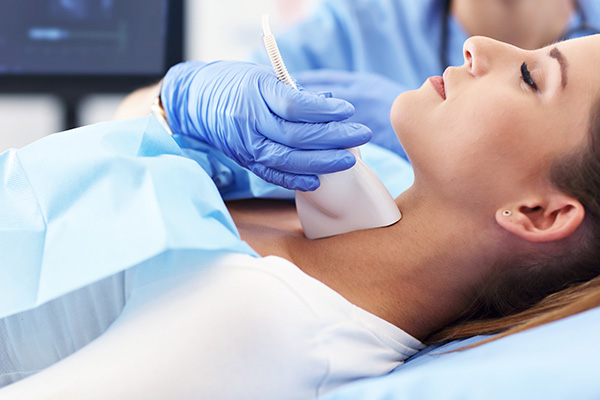
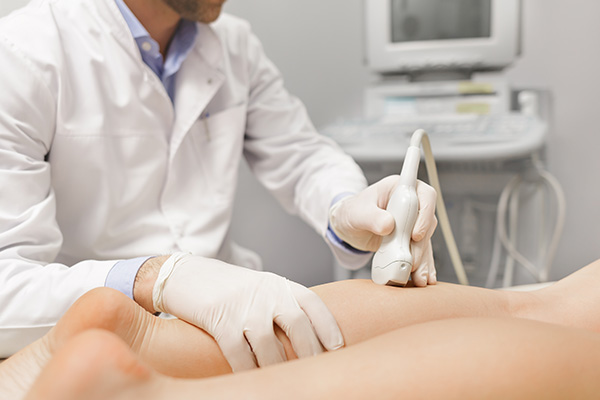
Lower Extremity Venous Doppler
A Doppler ultrasound test uses reflected sound waves to see how blood flows through a blood vessel and evaluates blood flow through major arteries and veins. It can show blocked or reduced flow of blood through narrow areas in the major arteries of the neck that could cause a stroke. It also can reveal blood clots in leg veins that could break loose and block blood flow to the lungs.






